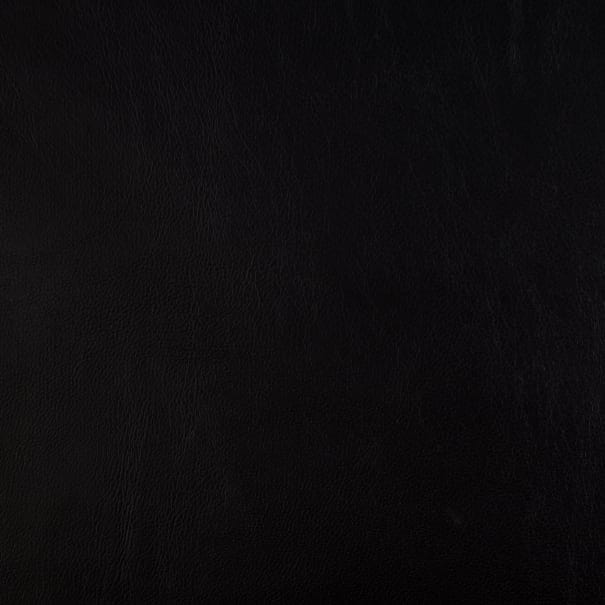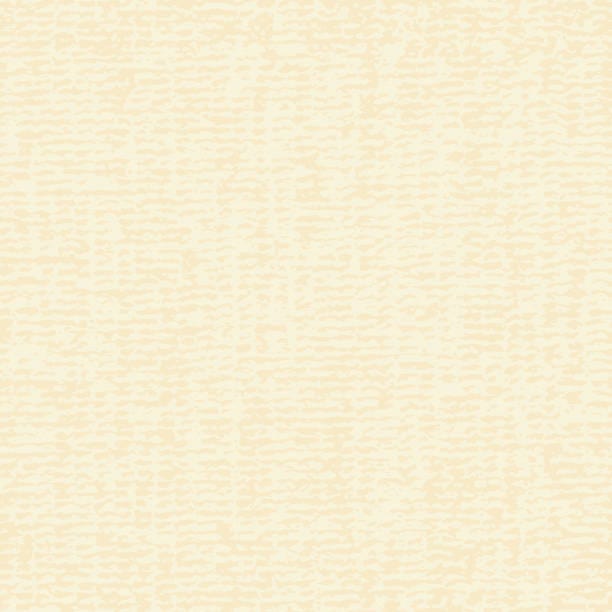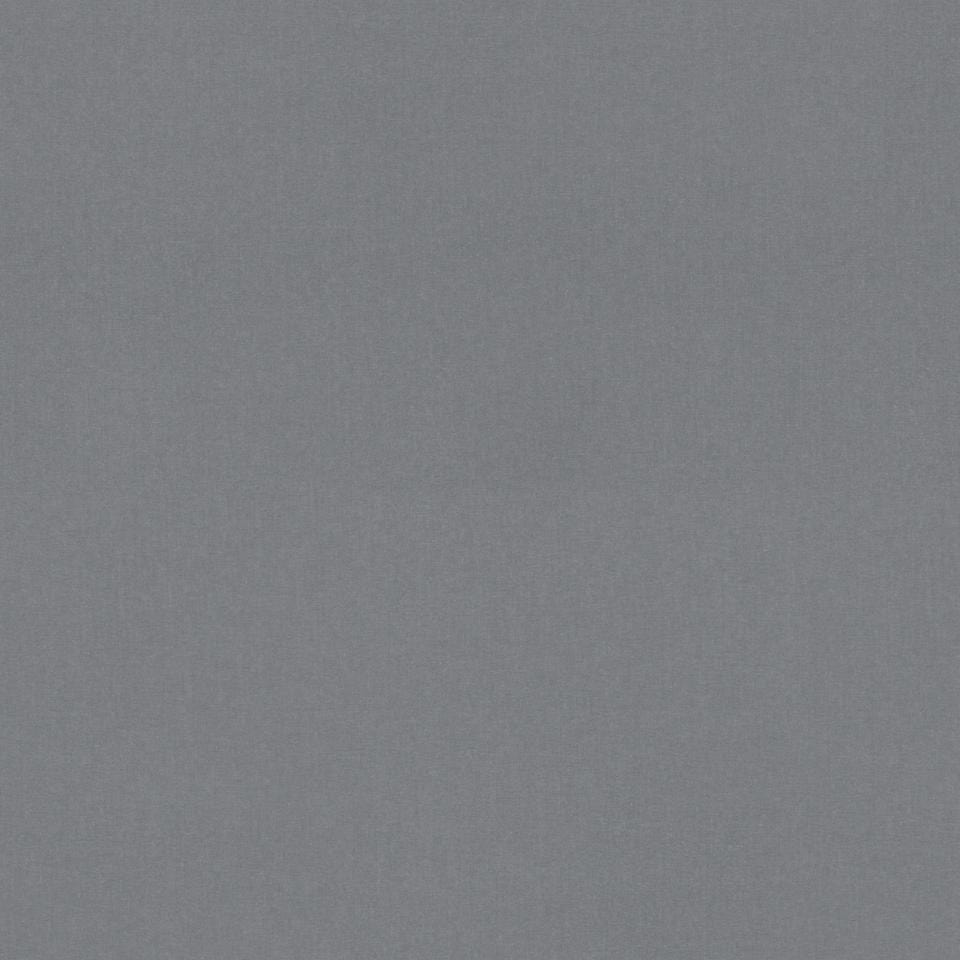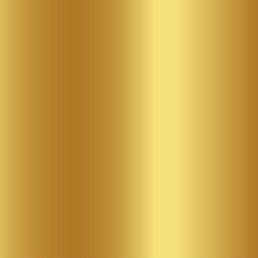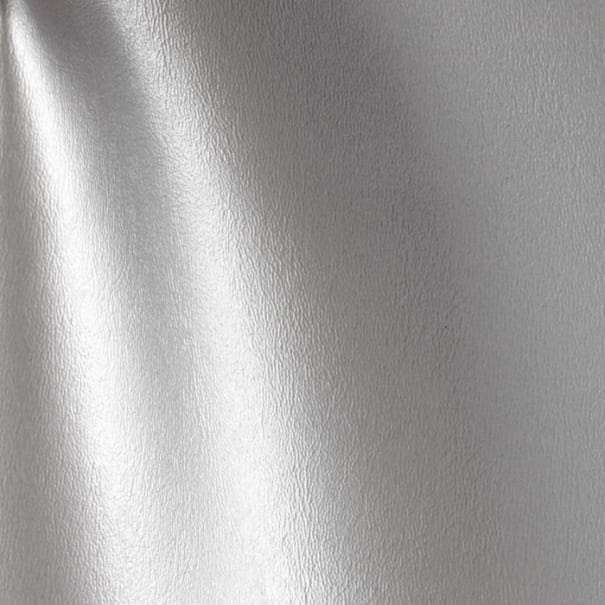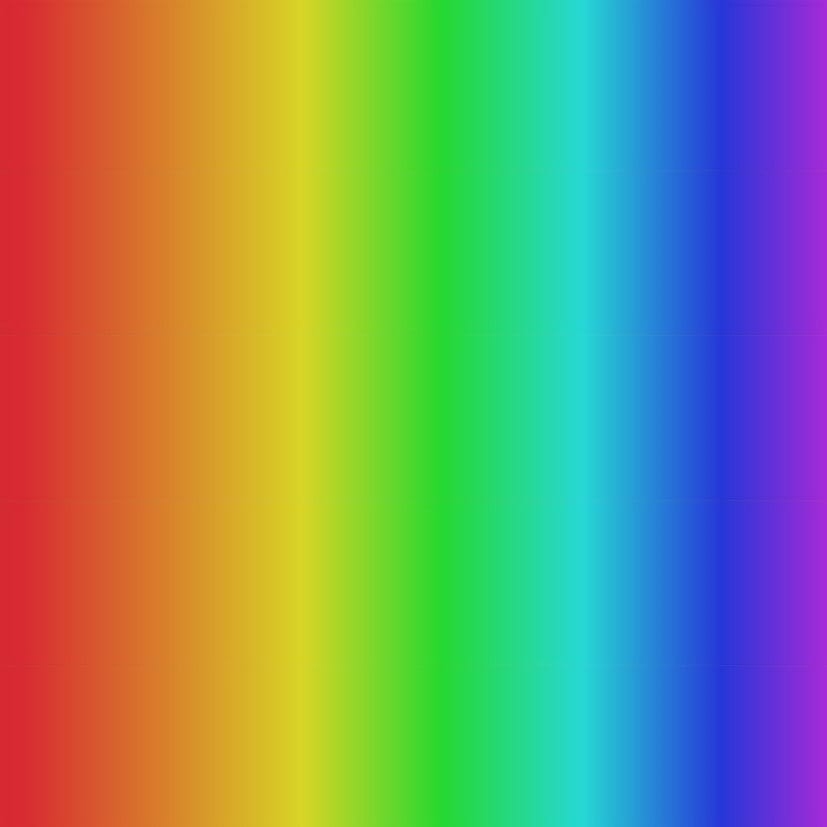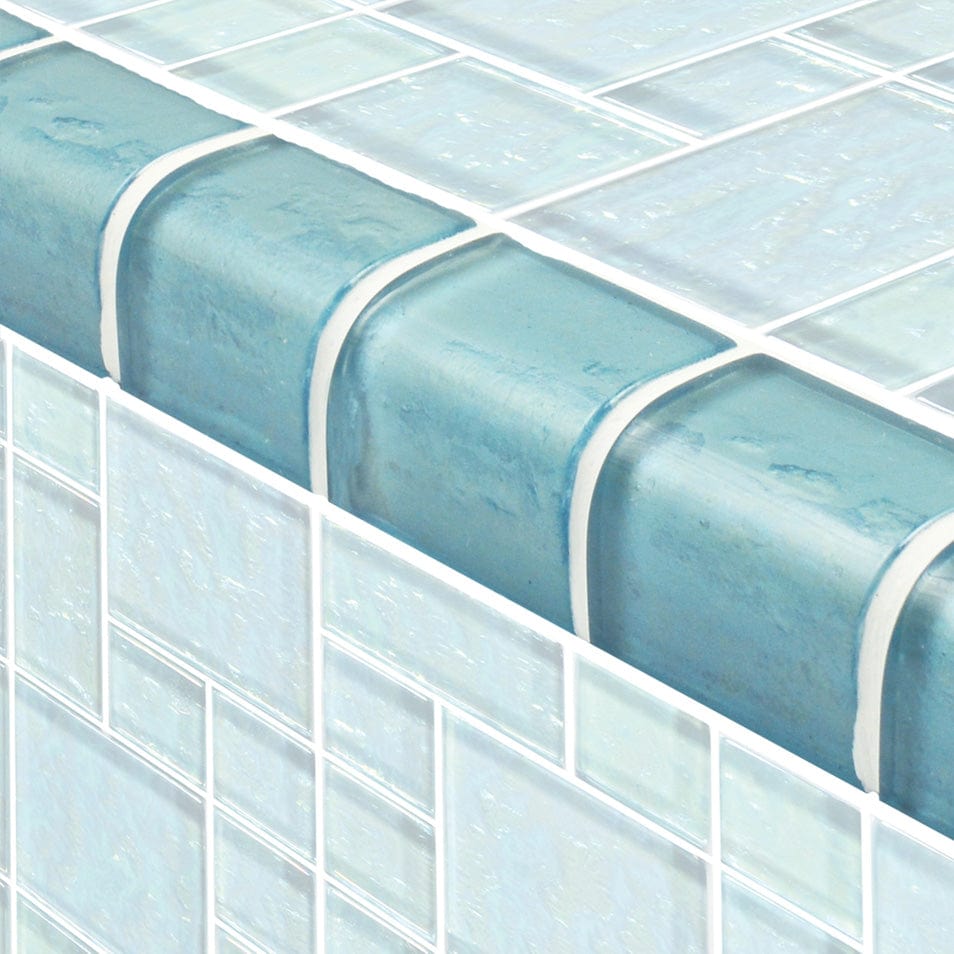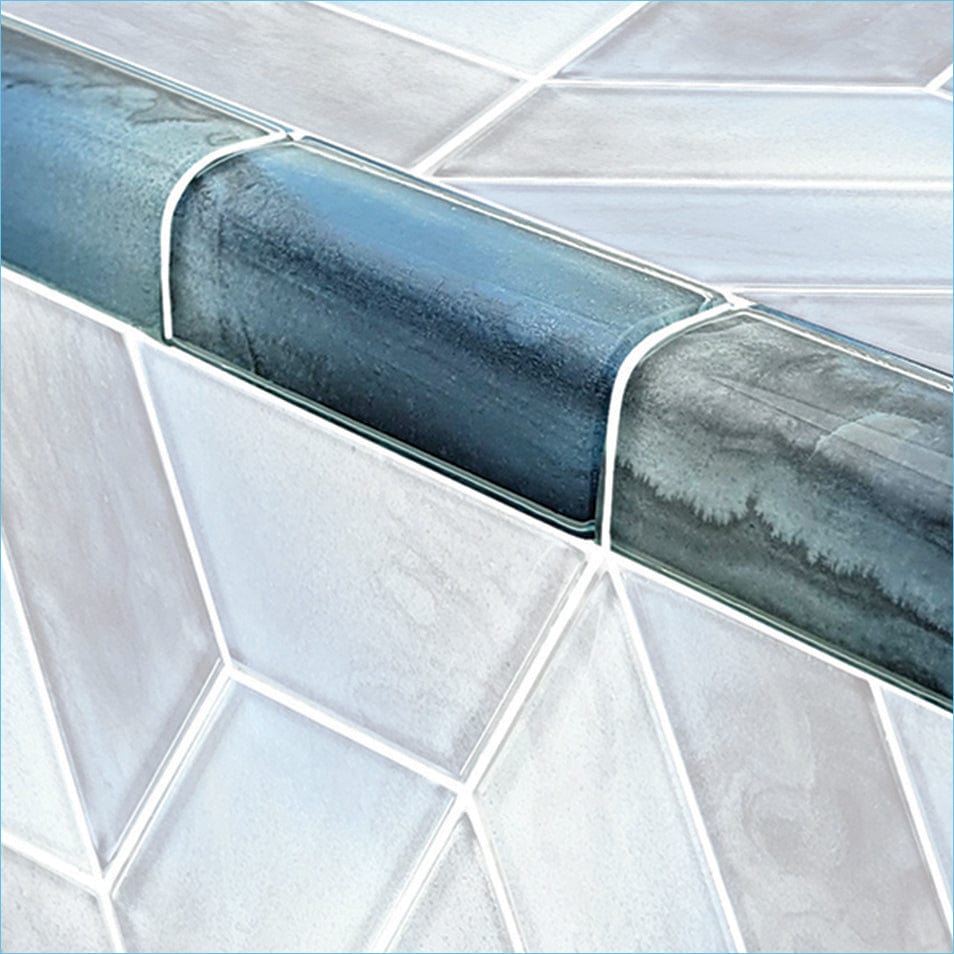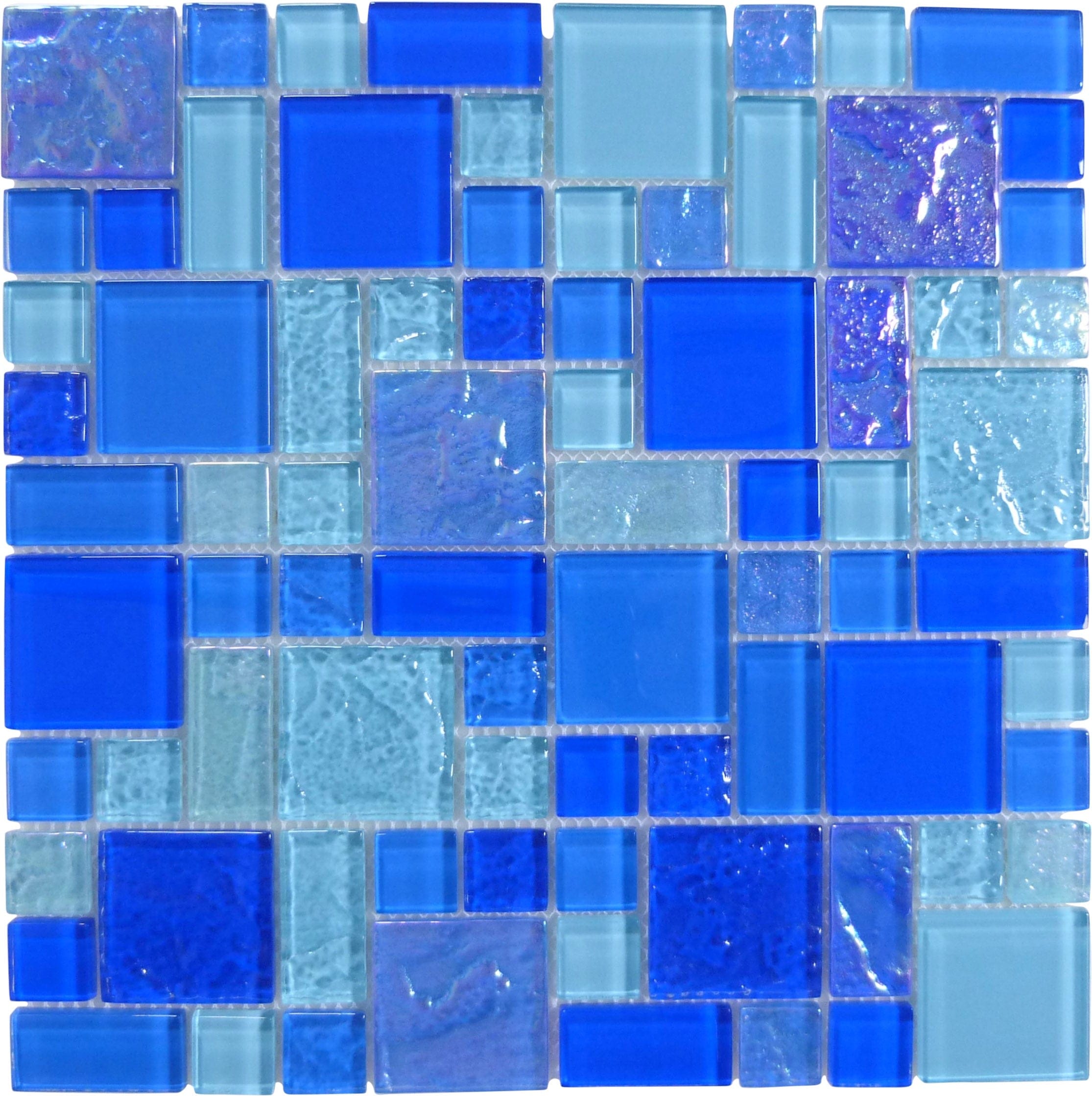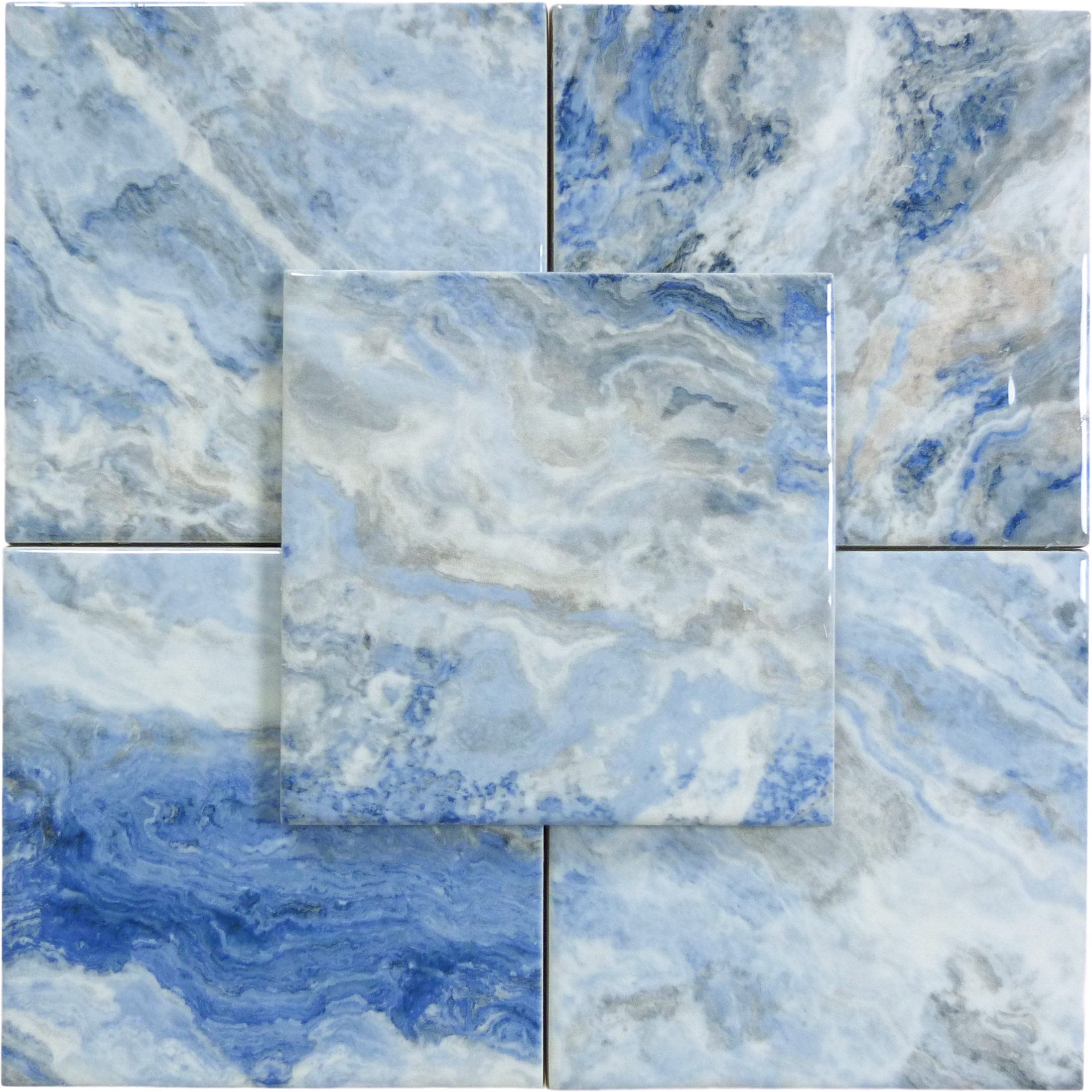8 Stylish Ways to Use Copper Tile
Copper is an ancient element, unearthed by humans about 4700 years ago. People have loved copper as a decorative and practical metal from that time forward. It presents a timeless, stylish look in tile form in every room of the house.
Copper tile is often used as trim in conjunction with other tiles, especially in kitchens and bathrooms. Don't miss the decor boat and rule it out as a full wall, floor or shower covering. Copper gives any room a "wow" factor when it covers a large area, and it has not been over-used in the big picture of interior design.
Antique copper is difficult to top for elegance and sophistication, but its warmth is retained in the varied colors of each tile. Dark grays, blues, blacks and browns meld into the reddish copper, providing interest and depth.
The word "boring" does not apply to antique copper, but the word "rich" does. The metallic texture and patina of antique copper make any room unique and welcoming whatever the style of furniture. The "richness" of the copper itself adds something to a room full of antiques or to a contemporary design.
Penny tiles are another form of copper covering that adds some brightness and a lot of coziness in a kitchen, bath or den. There are actual copper pennies used as tile, but there are also copper tiles in small round shapes, that are not pennies, in a variety of color tones. Stand on a floor made of money and enjoy.
Another contemporary way to use Copper penny tiles would be to Black and white floors of the 1920s were often made up of small round tiles now referred to as penny tiles. Mixed with subway tile in the bathroom, it's retro and chic with a very clean look. Copper penny tile has the same effect offering a chic timeless elegant look.
The pebbled look in tile is also an elemental kind of covering for floors, walls and showers. Each small tile has its own shape and color, even in a neutral palette. What could be more natural in appearance than a stone-like floor in the shower? Small, pebbled copper tiles offer a different view of a space with or without a sheen.
A multi-colored copper backsplash above the stovetop is good camouflage for wayward bits of food. Is that gleam from the copper or from escaped grease? The dark shadows in the tile may appear to be charred, or is that charred tile? Act casual; no one will know.
Gleaming copper cookware cannot look bad in a kitchen with a penny tile backsplash or an antique copper accent wall. Emulate French chefs making sauces, who swear by copper cookware, and create an authentic experience in a copper-clad kitchen.
Minimal maintenance is required to clean copper tile, a real asset in damp areas. Copper is moisture-resistant and covers imperfections in the wall when necessary. Copper does not crack like ceramic or stone tile and wears well. Good quality copper is not inexpensive, but it stands up to time and has a broad appeal. It will cost $18-$50 per square foot and continue to impress guests and homeowners.


